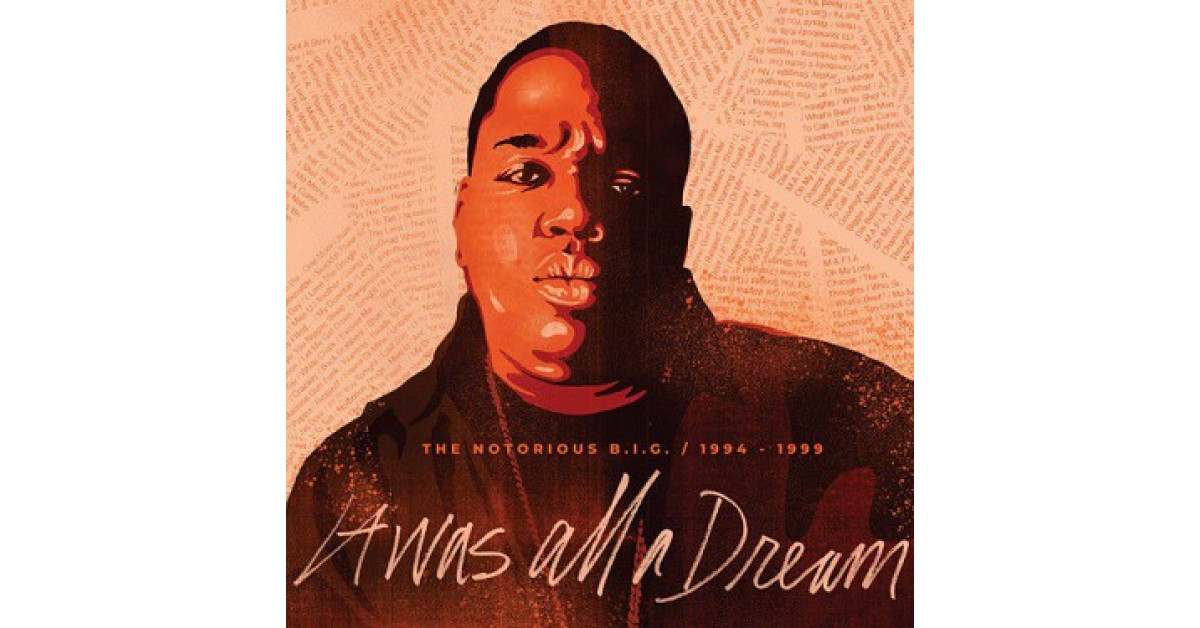

As a result, both national and local initiatives served to create conditions that established and perpetuated poverty in Black communities and grew wealth and opportunities for White families, all that negatively impacted the lives of young Black children.

In addition, life in urban public housing as a result of subsidization, lack of independence and self-sufficiency, under-resourced school districts, lack of mobility, and benefits of opportunity was rife with trauma and high-risk environments for these same youth. Among other contributing factors, by 1984 Reaganomics helped to drive the unsettling statistic that 3 out of 4 black children were living in poverty. By the 1980s, almost 60% of Black Americans lived in these Housing Projects and Reaganomics instituted supply-side opportunities, severely reducing federal funding for urban development. bill after World War II financially assisted white families in both education and housing but excluded black Americans and concretized the educational, opportunity, and wealth disparities for future generations. On the other hand, at the same time, the National Housing Act of 1934 guaranteed mortgages to white families enabling them to buy homes in resourced suburban neighborhoods, effectively setting them up to grow generational wealth, while refusing them to black families, a policy known as ‘redlining’. Without much forethought for sustaining communities and growing wealth, the Projects lacked retail opportunities, resources, and required constant subsidies.

While organizing and beautifying New York City, he developed high-rise rentals, densely populated buildings outside of bustling city centers to place black families, effectively removing them from the centers of the city. Between the 1980s and 1990s, these forces shaped the lives of Black youth through the conditions of the Urban Housing Projects which led to deprivation and a lack of freedom, the inherently oppressive and racist School-to-Prison pipeline which incarcerated many young adults from marginalized communities, the increase in gang violence and drugs, and the messages internalized from rap music.įrom the New Deal through the end of World War II, Robert Moses instituted Urban Housing Projects in order to solve issues of urban decline.
#The notorious big things done changed series#
There were a series of economic, political, and social forces such as Reaganomics, the 1994 Crime Bill, and the creation of the inner-city Projects that shaped their generation and continue to shape current generations of at-risk urban Black youth in New York before the turn of the 21st century. Since the odds of becoming famous are slim, many urban Black youths end up involved in drug dealing or gangs, both dangerous effects that are results of a tumultuous childhood. To survive, he explains that Black youth in the projects either have to support themselves by selling drugs or become famous through rapping or playing basketball.
#The notorious big things done changed crack#
In the song “Things Done Changed,” Wallace elaborates on the conditions of urban housing in the early 90s including the rapid increase of gun violence and distribution of crack cocaine in his community. “Things Done Changed”Ĭhristopher Wallace, known as The Notorious B.I.G., grew up in the inner-city Projects of Brooklyn, New York in the 1980s, and throughout his discography, he covers the oppressive themes of his life growing up. I’d probably have a ki, knee deep in the crack gameĮither you’re slingin’ crack rock or you got a wicked jumpshot” What factors shaped New York urban Black youth culture in the 1980s and 1990s?


 0 kommentar(er)
0 kommentar(er)
